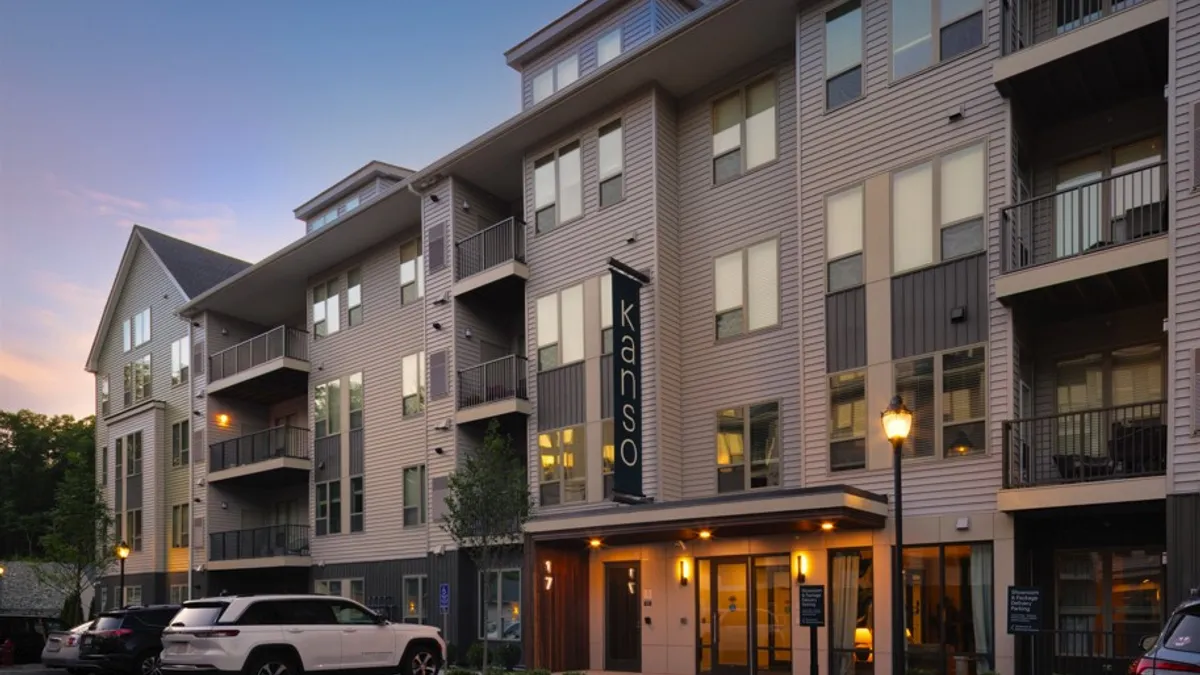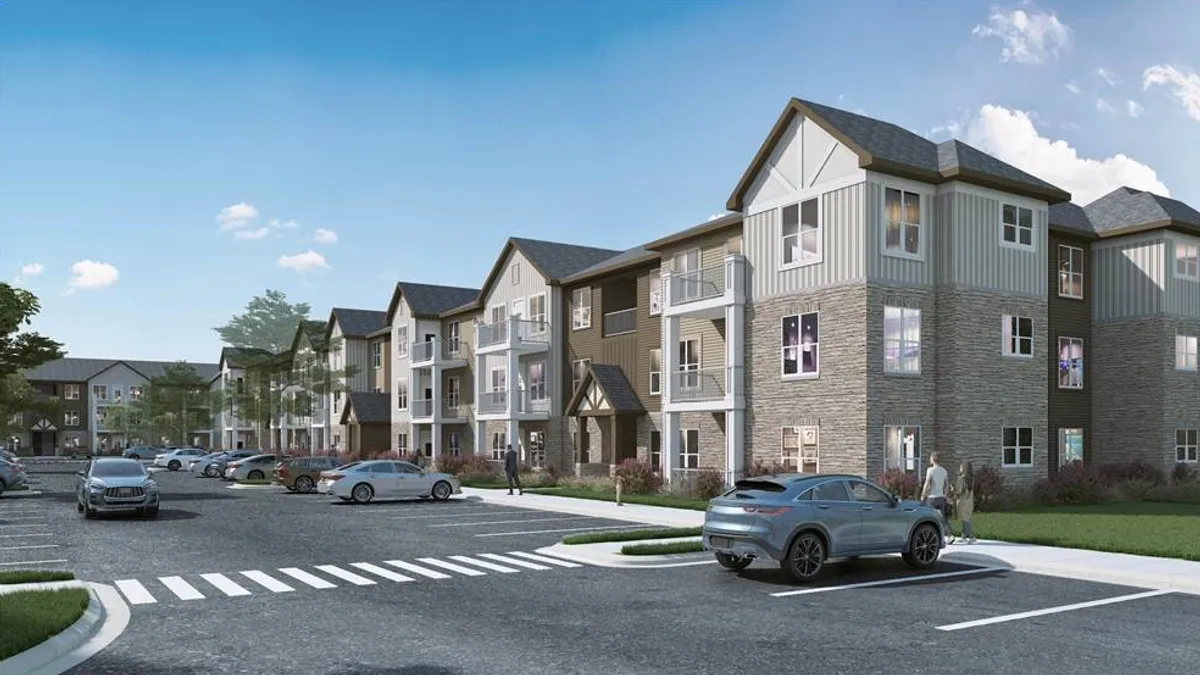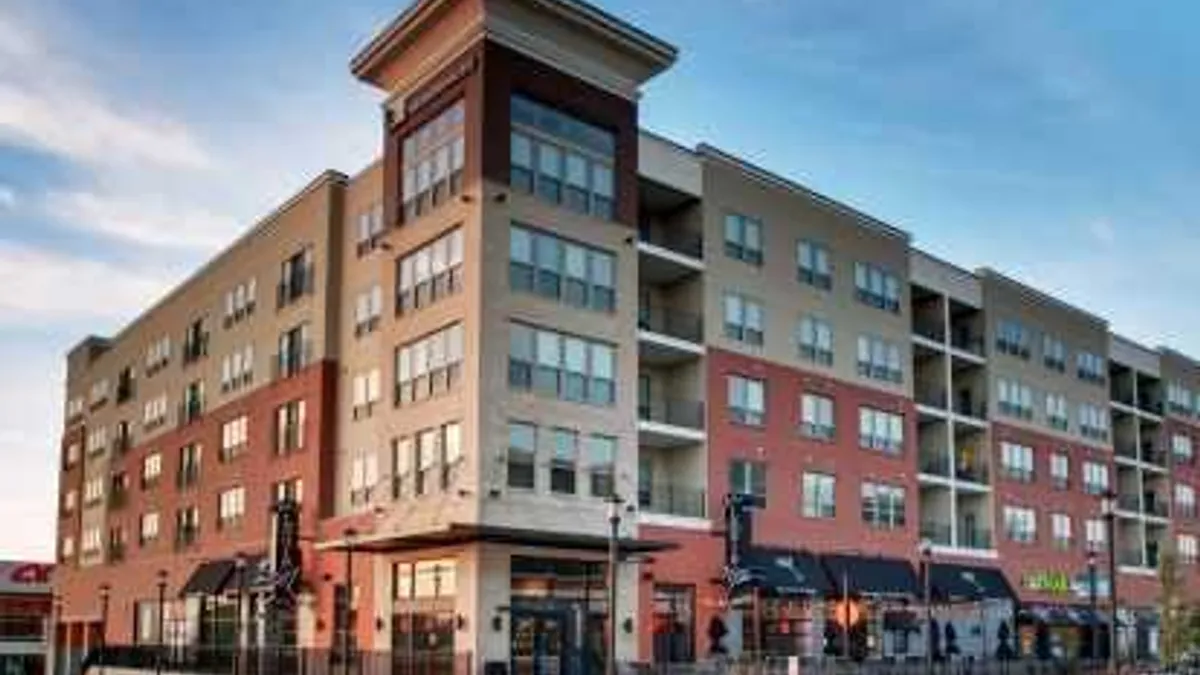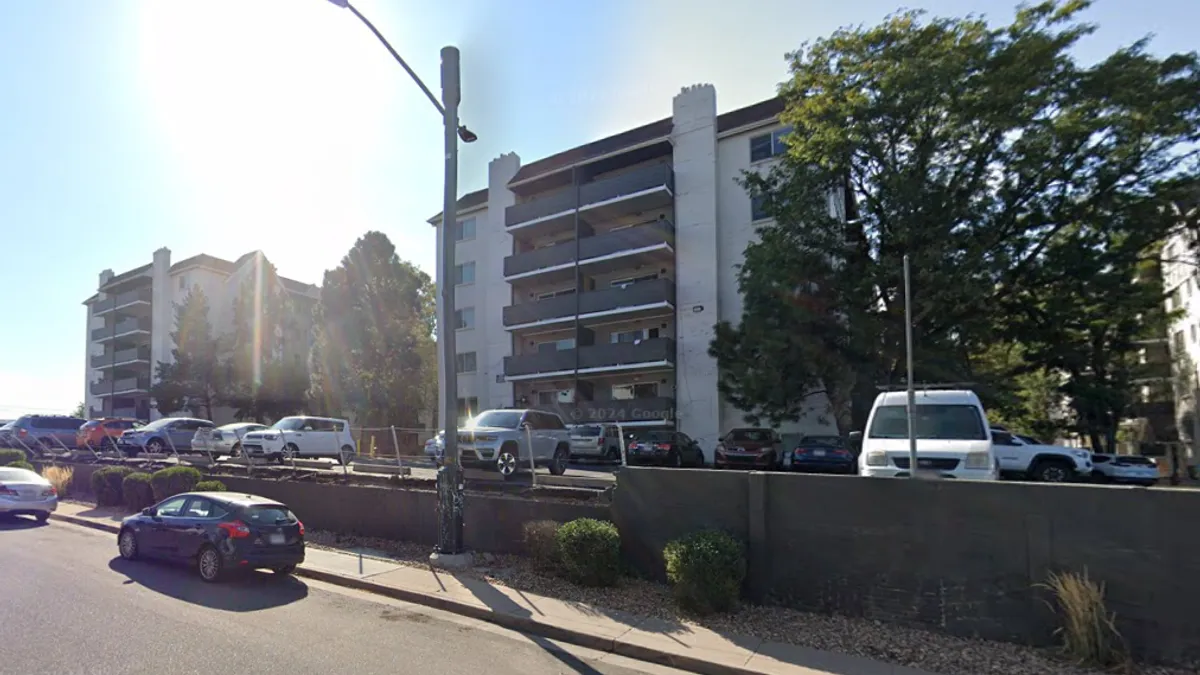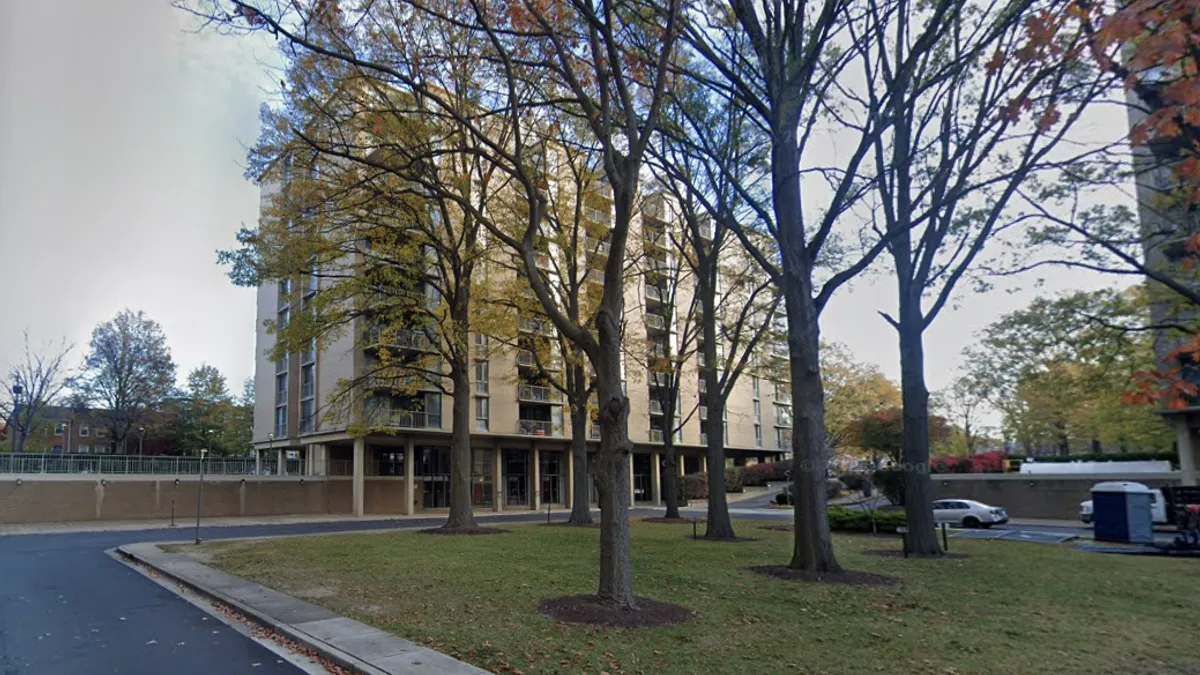Sarah Yaussi is vice president of business strategy at the National Multifamily Housing Council. Opinions are the author’s own.
Multifamily residents by nature live in close-knit communities. They share common spaces, parking platforms, amenities and more. Ensuring that renters aren’t just living alongside each other, but are also contributing to a cohesive rental housing community can make all the difference in retaining happy residents and building a positive sense of well-being.
In our 2024 NMHC and Grace Hill Renter Preferences Survey Report, the nation’s largest renter insights survey with responses from more than 172,000 renters, survey respondents shared the attitudes, resources and services that make them feel valued by their community and contribute to a sense of belonging.
From the attitude of staff to the behavior of neighbors, the survey results offer insights that can and should inform the way communities are planned, developed and managed. At the core, the considerations that most meaningfully contribute to community satisfaction — regardless of factors like income — are less about luxurious amenities, fancy features or even hot locations and more about the way people are treated, the way they feel valued and the way they feel seen and respected.
Feeling welcome
For an overwhelming 92% of those surveyed, a positive sense of community is important to their overall happiness as a resident. Understanding how to foster that sense of community, then, becomes job No. 1 for stakeholders throughout the multifamily lifecycle, from initial design to boots-on-the-ground interactions.

A positive community atmosphere begins with employees and how they interact and treat residents. For 52% of survey respondents, it’s as simple as feeling welcomed by the staff. But greater engagement and interest in residents can go even further. By and large, on-site management teams are delivering on that objective as 75% of respondents said they agreed with the statement, “My wellbeing is important to community management.”
Perhaps more telling is that a whopping 85% of survey respondents also agreed or strongly agreed with this statement: “The staff at my community demonstrate a culture of respect and kindness.” Moreover, another 85% said that they enjoy living in their community.
So, for as much time, effort and resources are dedicated to developing a property’s suite of features, amenities and services, some basic management practices go far in creating the kind of community that residents find hard to leave.
Financial tools
For many renters, a sense of financial stability and security also contributes significantly to a sense of overall well-being.
When asked, “How important would each of these options be in improving your current financial health?” survey respondents identified these tools as being at least somewhat important to a sense of financial well-being:
- 89% said no fees on debit/credit card rent payments.
- 80% cited wealth-building opportunities (e.g., cash-back programs).
- 76% cited on-time rental payment credit reporting.
- 69% said security deposit alternatives.
- 36% said the ability to earn extra income by renting their unit on a short-term rental platform.
Additional data analysis showed, however, that some of these tools were more attractive for lower-income respondents and others better fit the financial needs of higher-income earners. Regardless, having pathways for renters to improve their financial footing is critical.
A sense of community
A number of factors help residents keep connected with their neighbors and their communities. However, the No. 1 most cited contributor to a positive sense of community was neighbors respecting community rules (66%).
This is consistent with some of the other resident responses to questions around things like unclean pet areas and dirty or disorganized trash collection areas — all of which fuel negative feelings about a property.
Also noteworthy is that one-third of respondents pointed to community spaces designed for gathering with the neighbors as driving good feelings about their communities. And nearly one-quarter mentioned social events where they could meet their neighbors and the community team as being important in building positive feelings on site.
Some also equate a community’s do-good activities with their feel-good vibes. Among those surveyed, 9% said they were interested in “opportunities to affect positive social change in [their] neighborhood.”
The factors that contribute to renter well-being encompass both tangible and intangible elements of their living environment. From the quality of housing and affordability to social networks and access to amenities, each component plays a crucial role in shaping the overall wellness of renters.
These elements offer an opportunity for developers, owners and property managers to create more inclusive and supportive rental communities where everyone can thrive.






